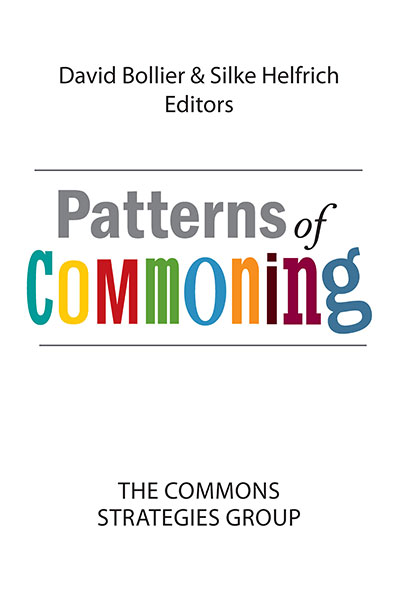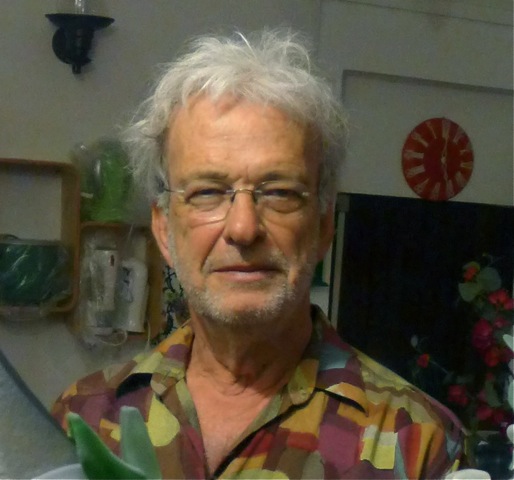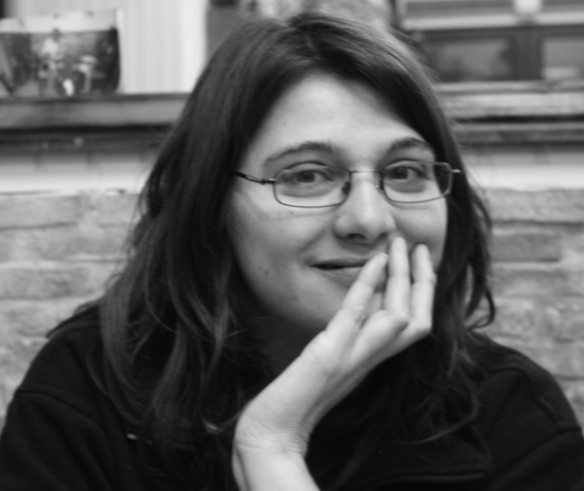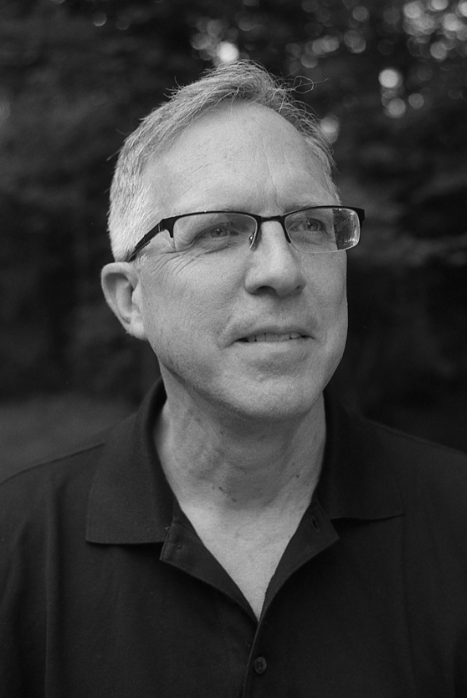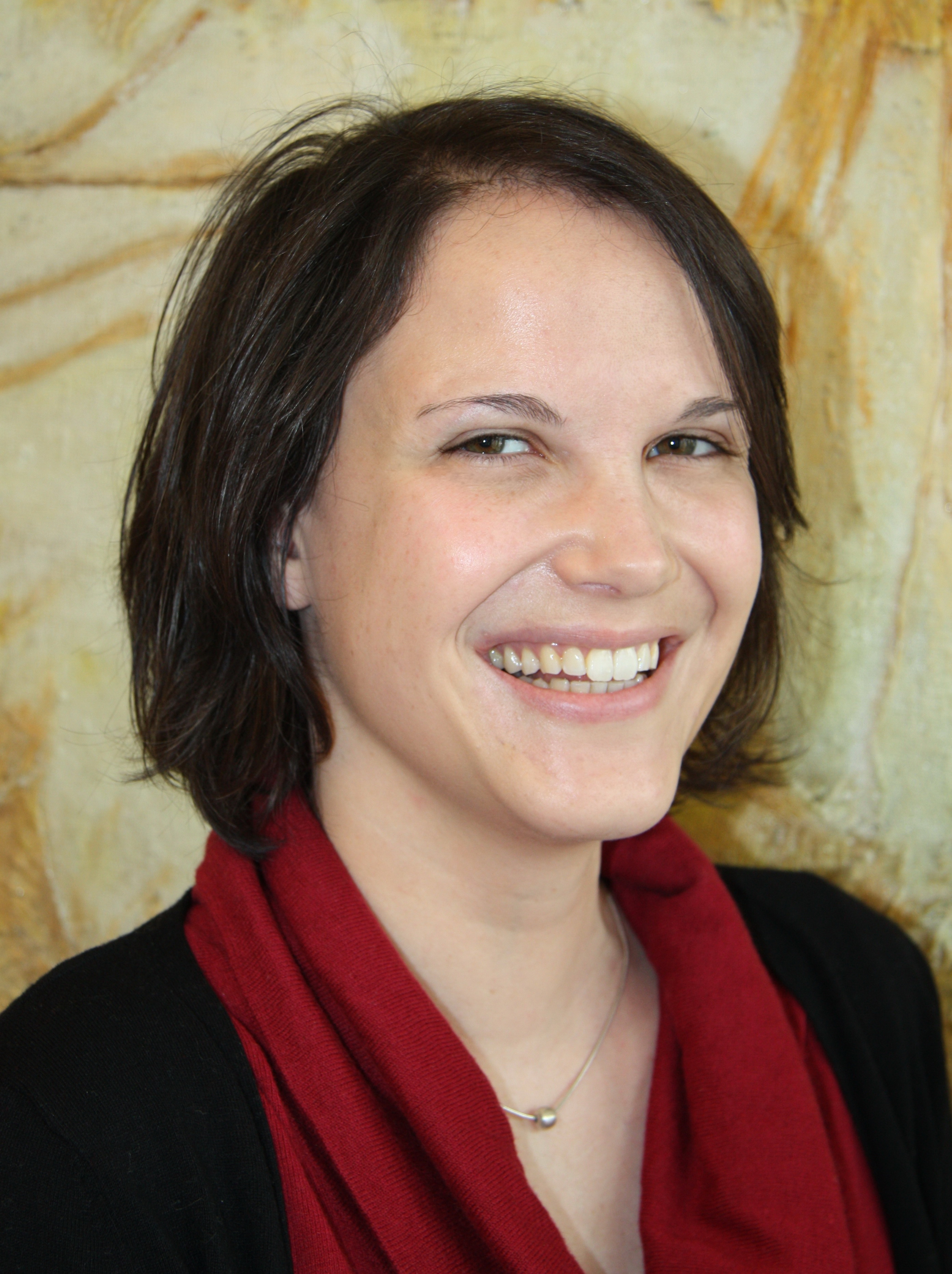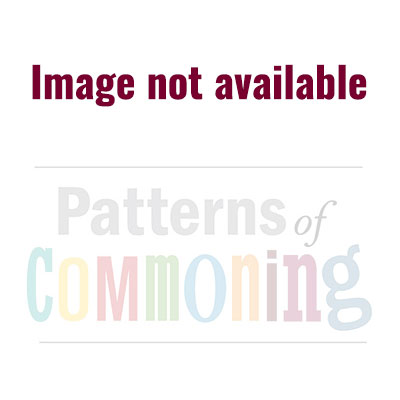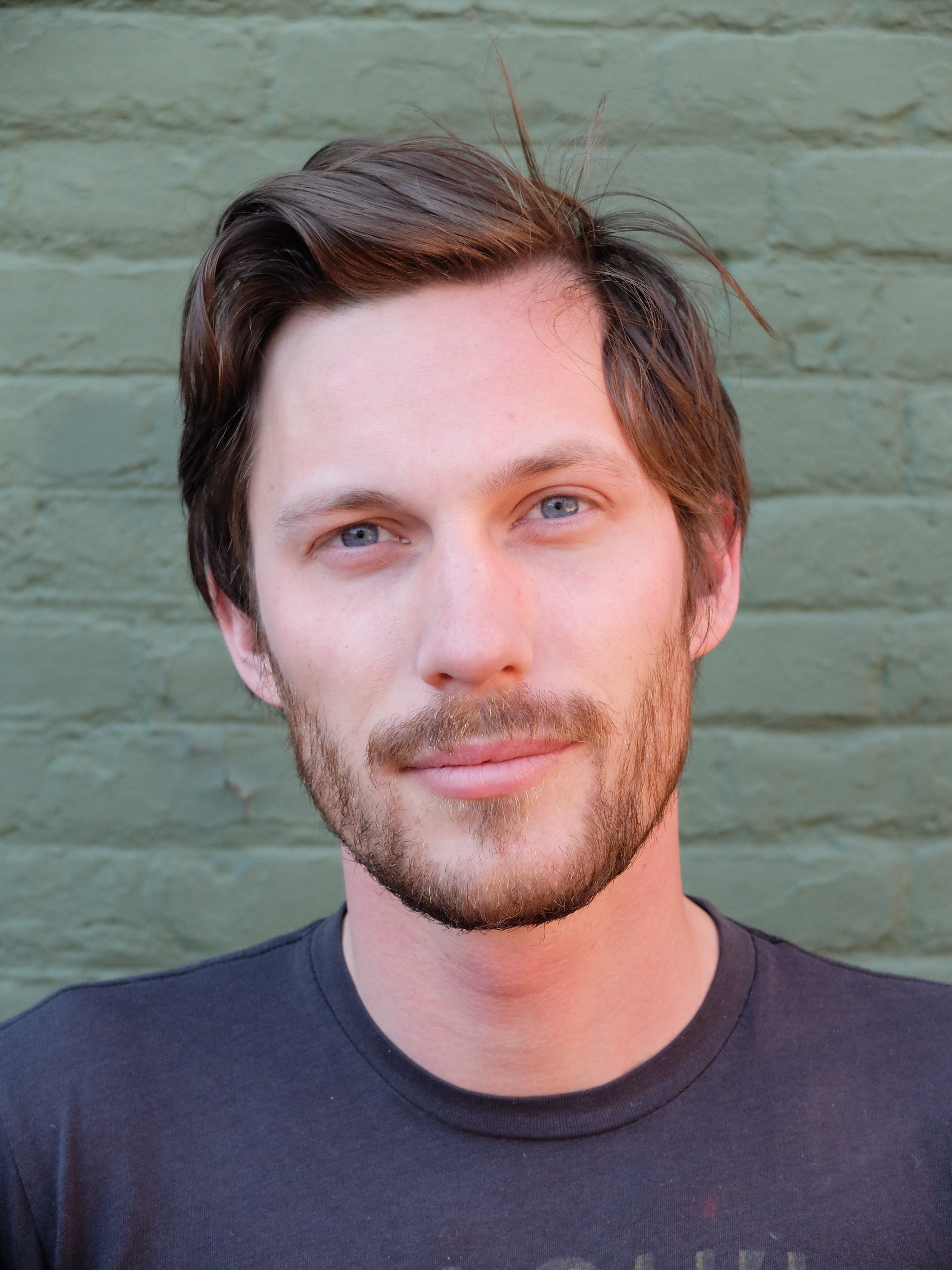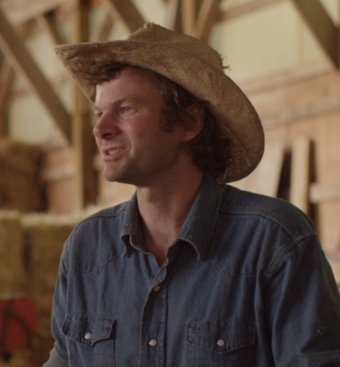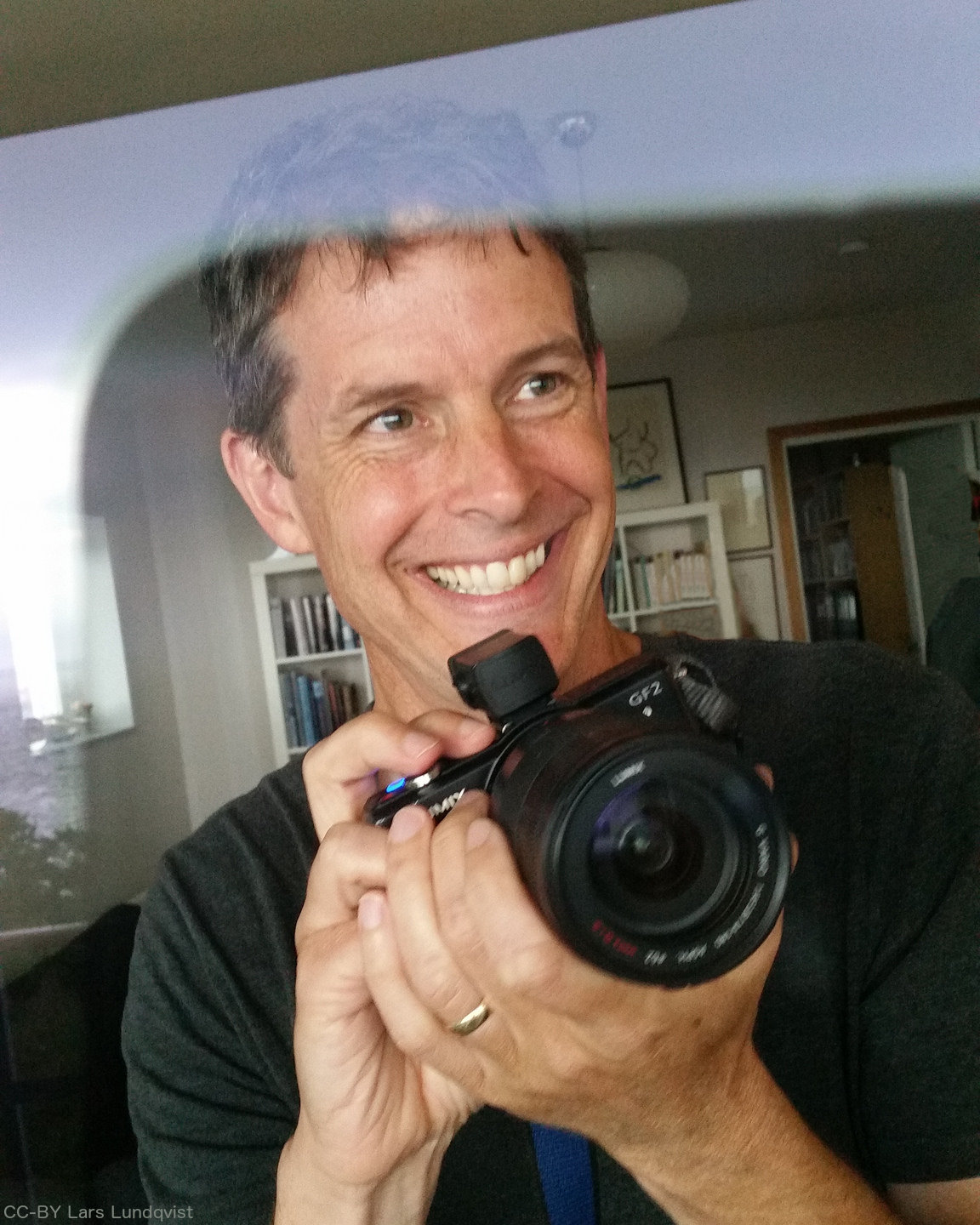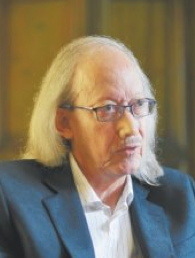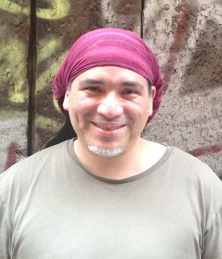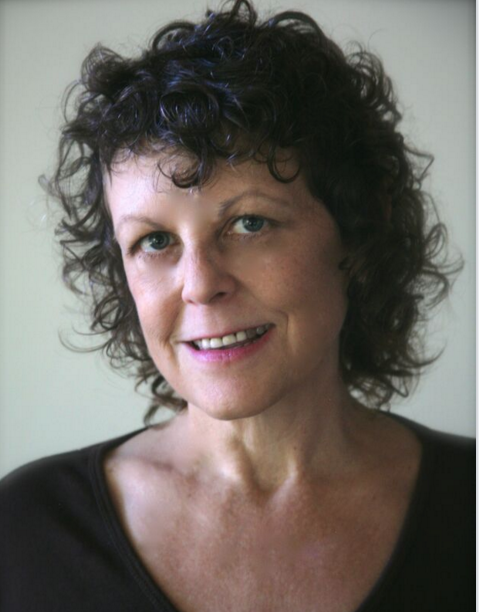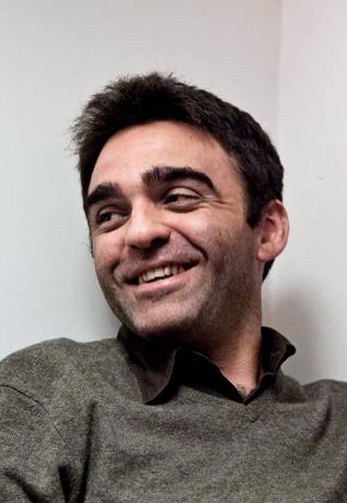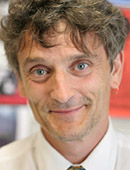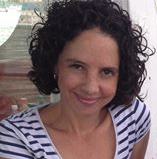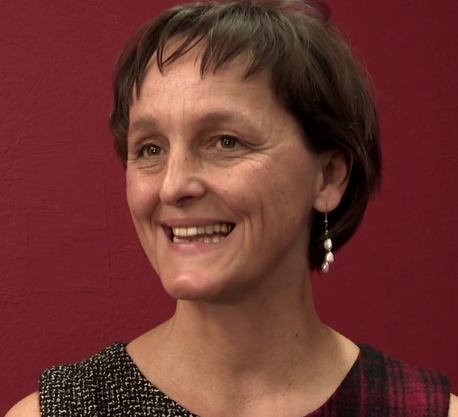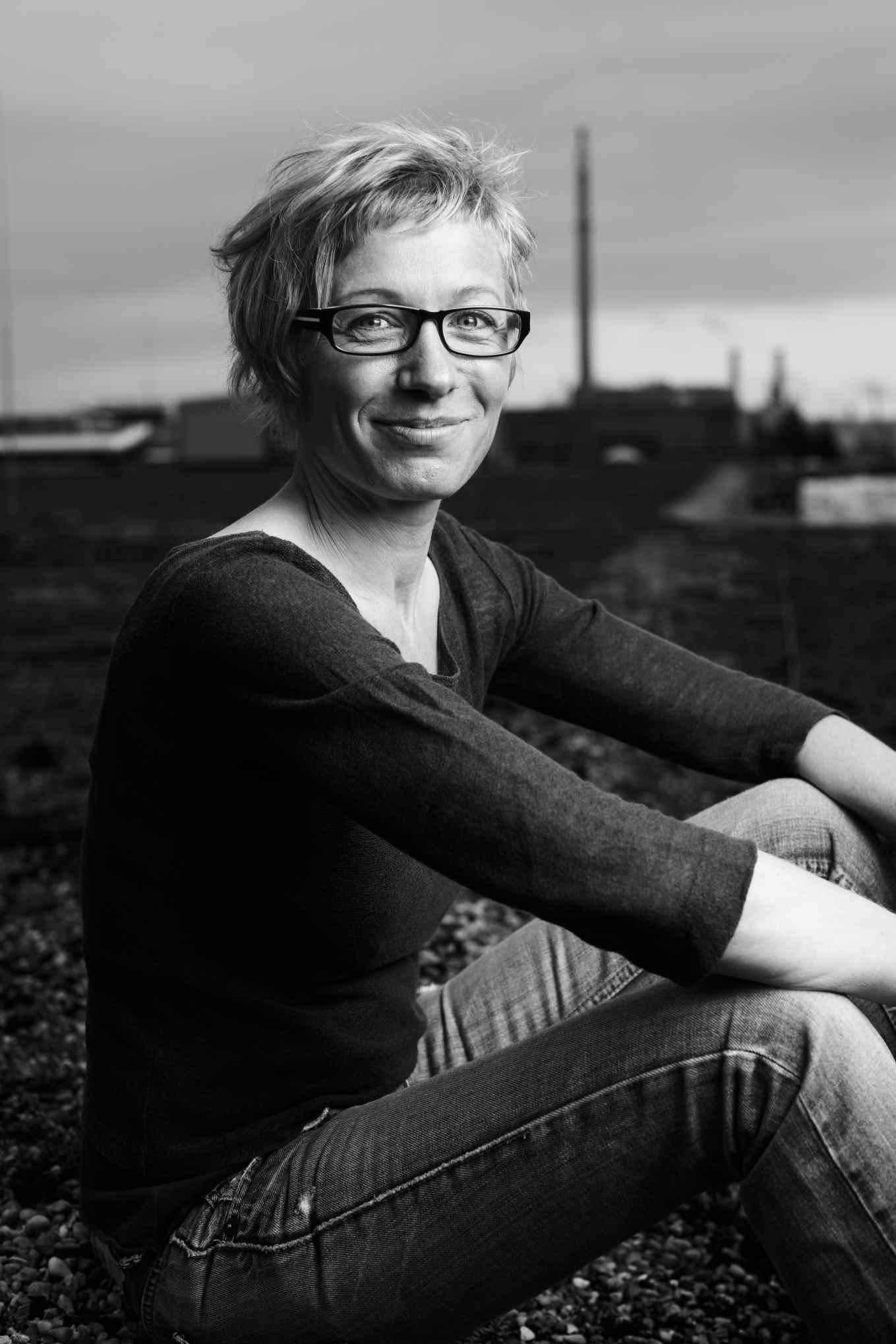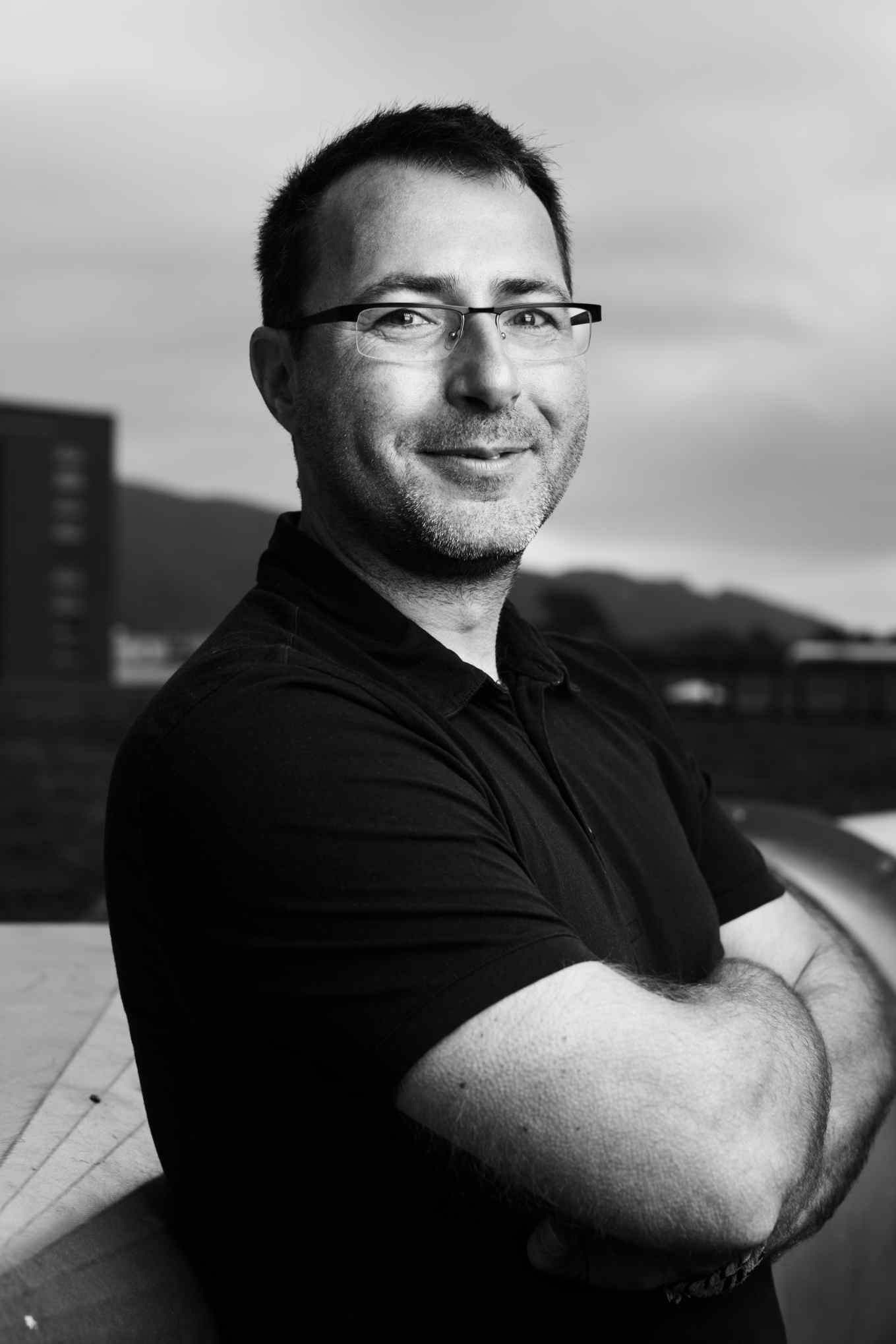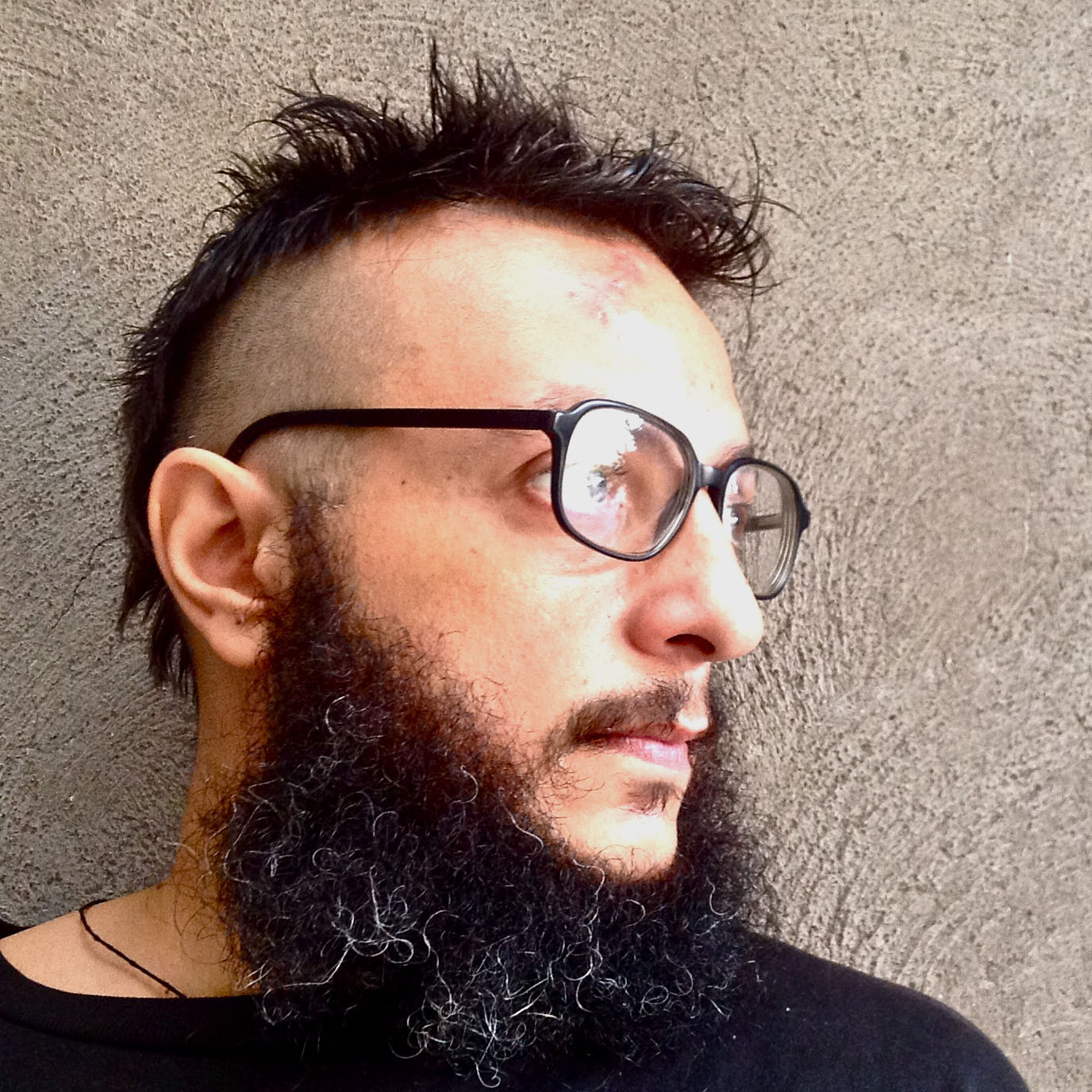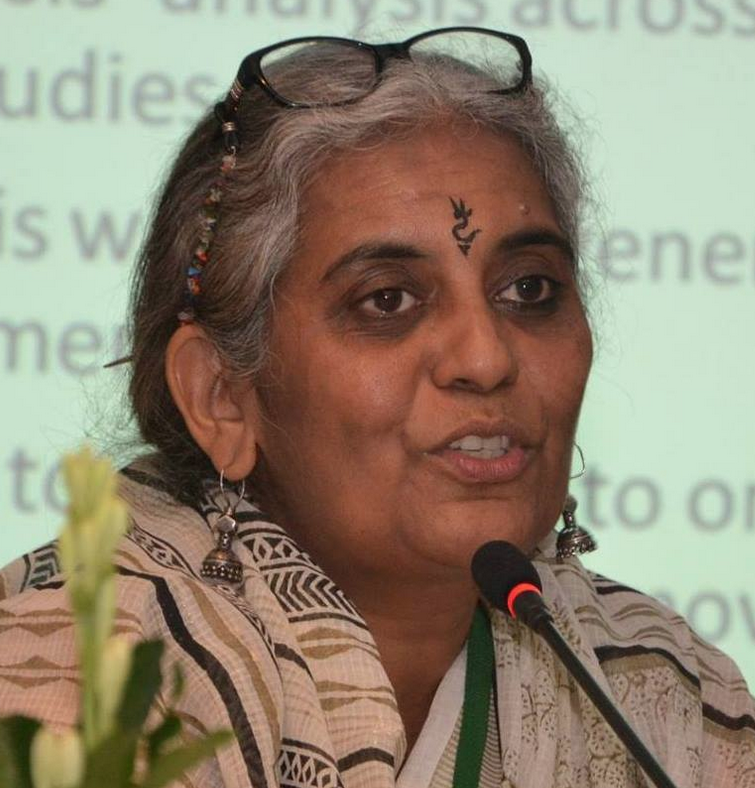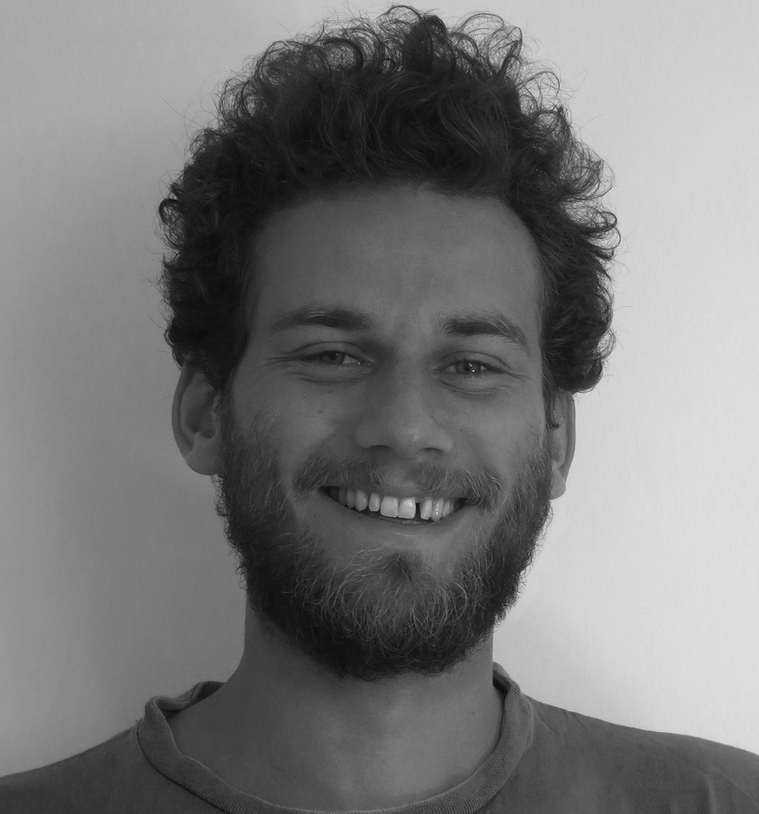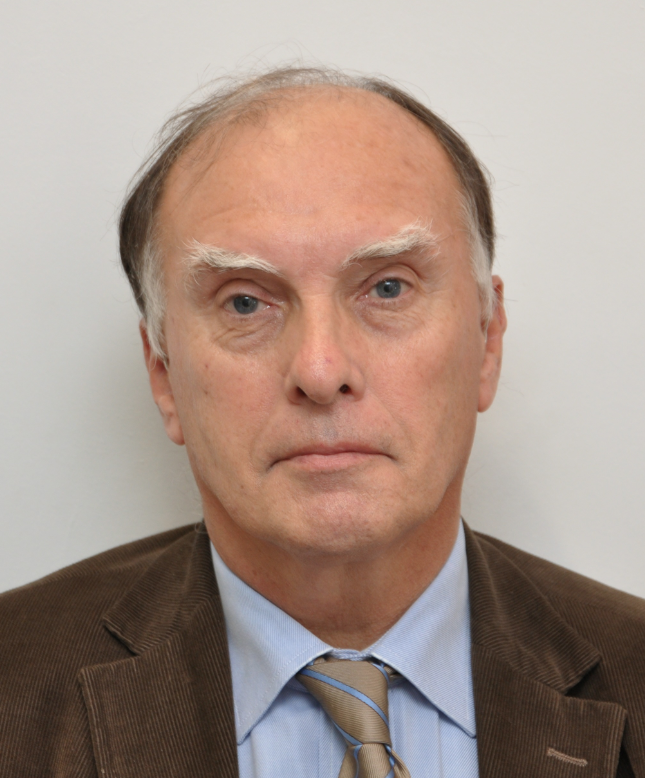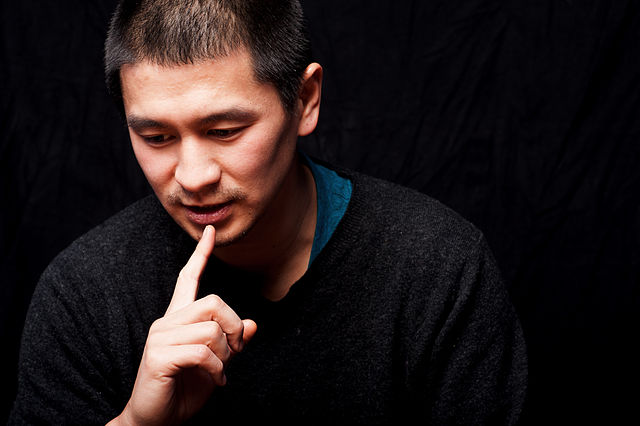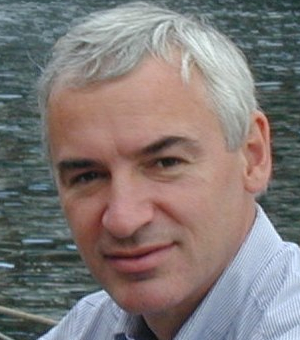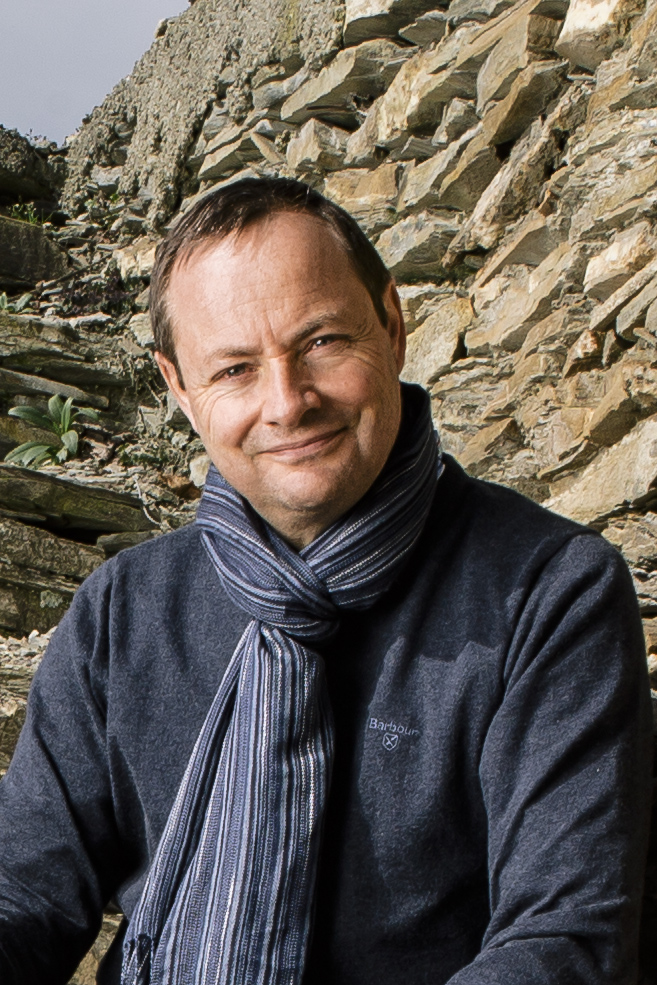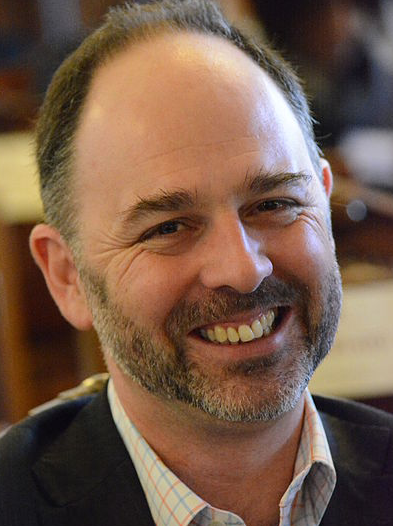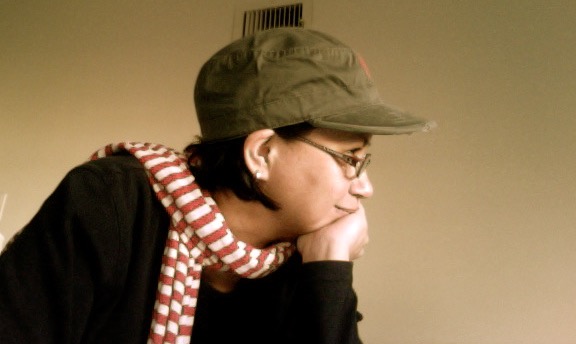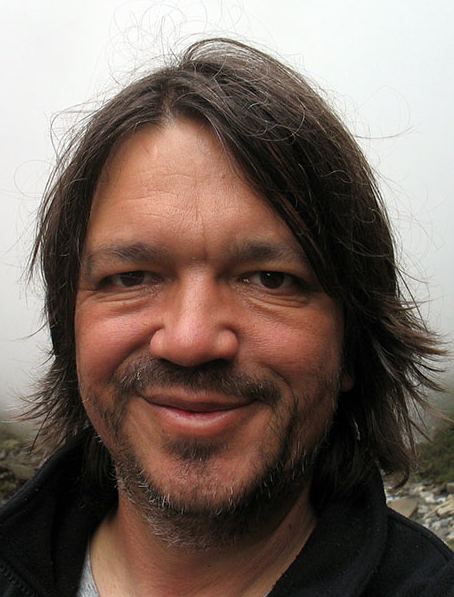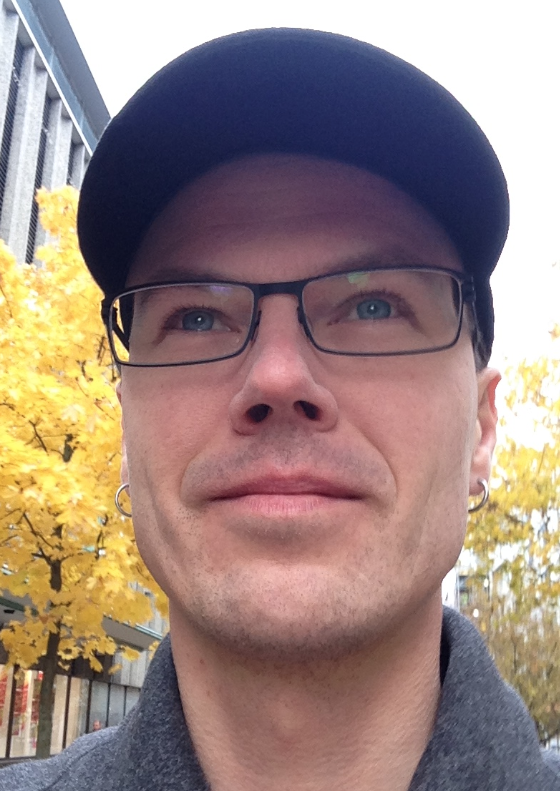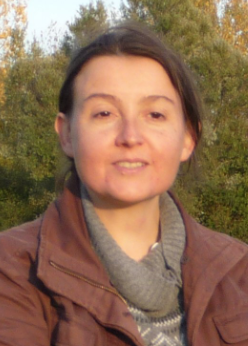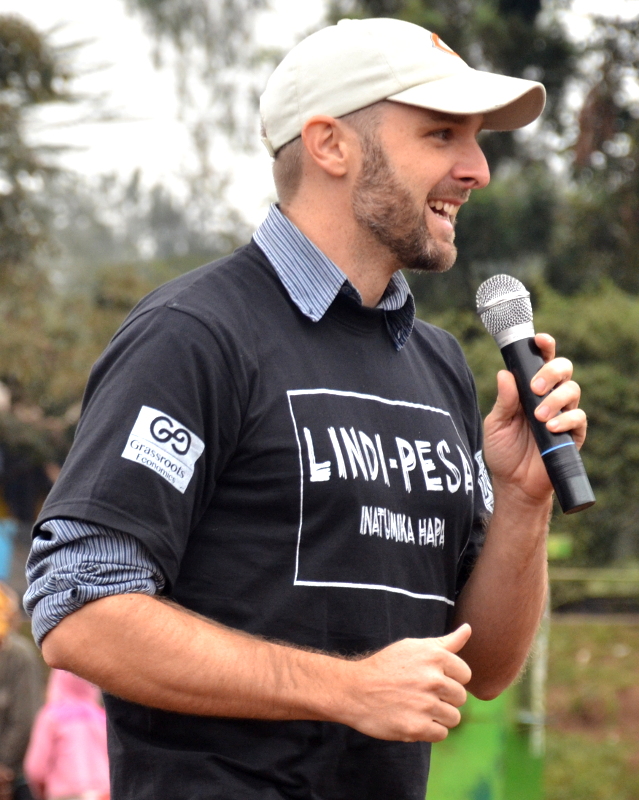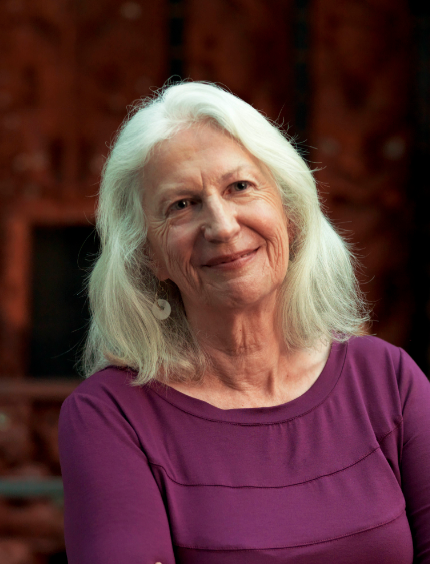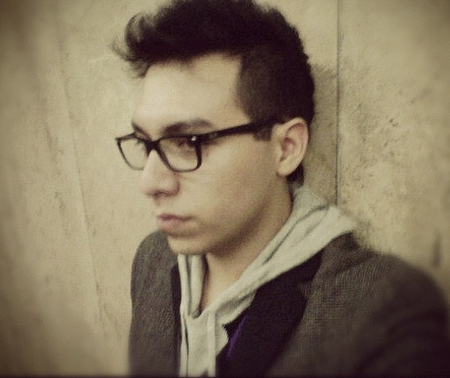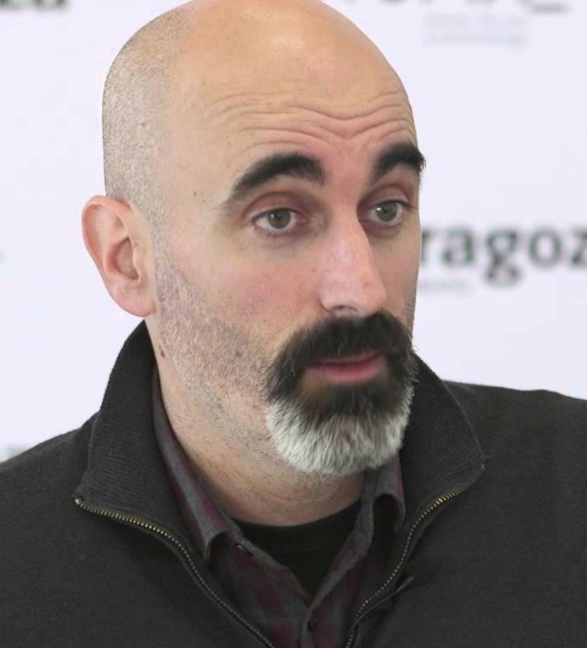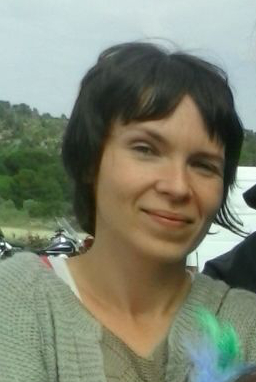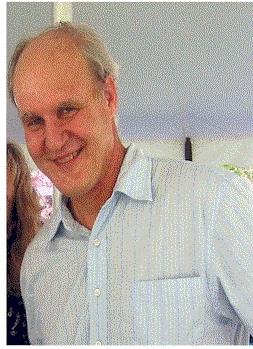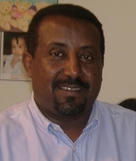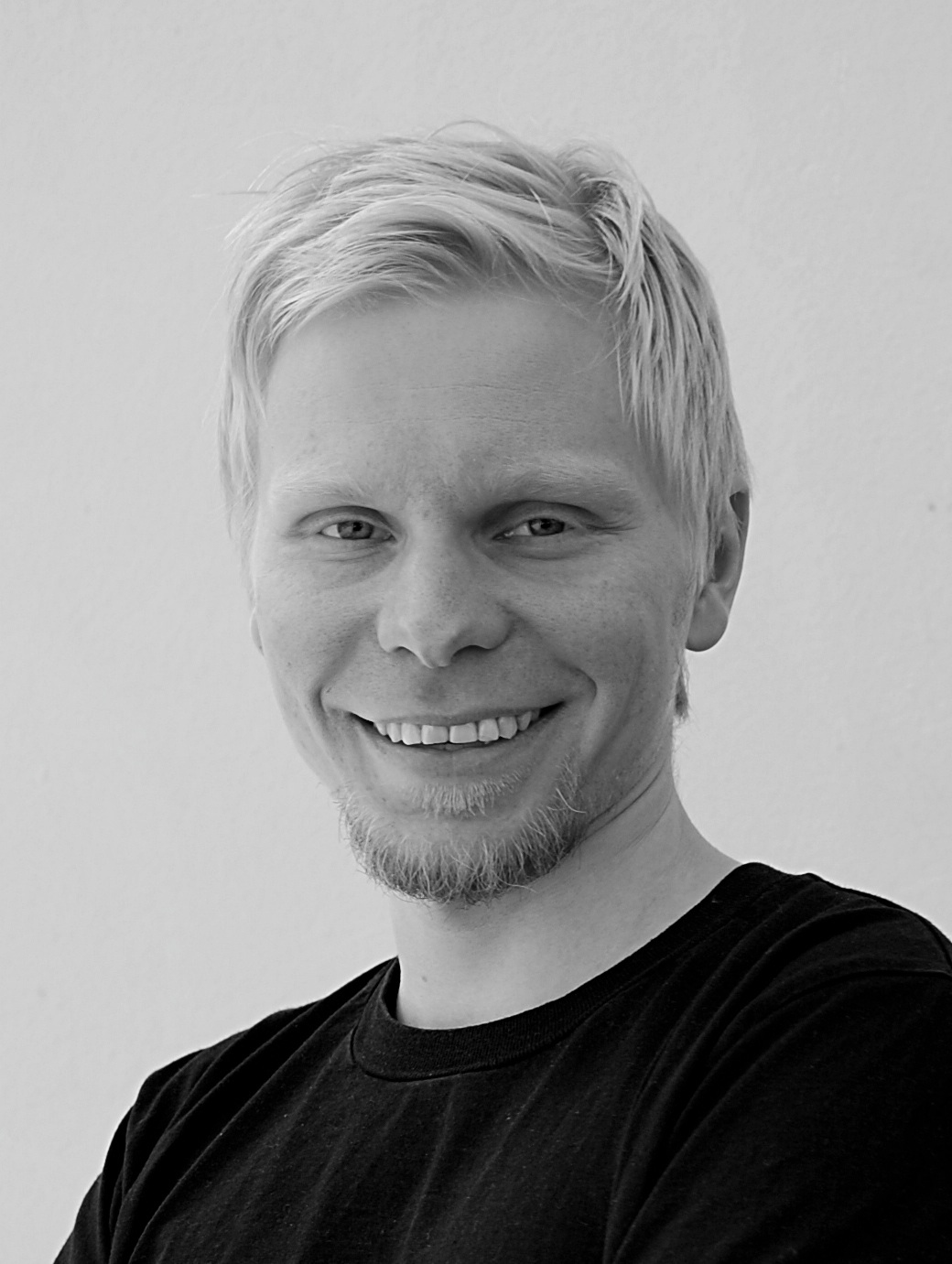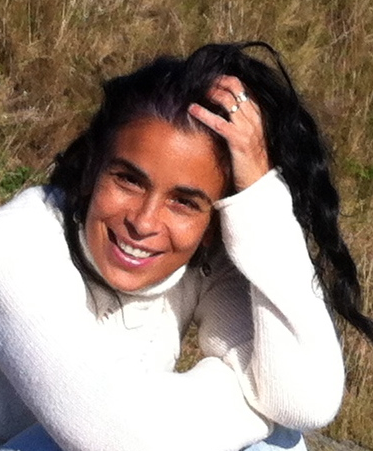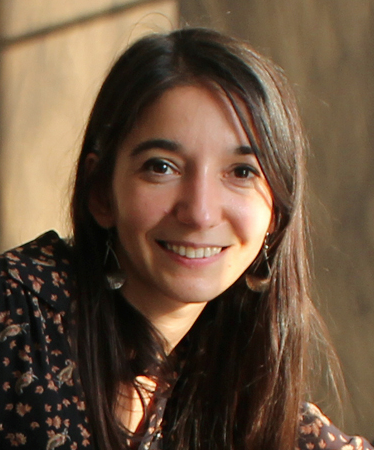Alain Ambrosi (Canada) is a designer and producer of intercultural projects, independent researcher, author, videographer and producer of the Remix The Commons Project.
Patterns of
COMMONING
Digital Arts as a Commons
By Salvatore Iaconesi
Since their beginnings, digital arts have provided great impetus to the commons, driven in part by their irreverent resistance to the ideas of copyright and of intellectual property. Arts criticize existing codes of politics and culture – through surrealism, irony and other means – creating new imaginary orders. On the one hand they sense emerging consensual realities and communicate them in their own peculiar ways; on the other hand they always tend to push a bit further beyond what is perceived as possible or real, by enacting simulacra and narratives.
Both of these modalities of the digital arts are linguistic in nature. They challenge language, and create new idioms – words, sentences, phrases, meanings – in ways that are meant to be interpreted and performed.
So it is not entirely incorrect to say that artists’ main occupation is to create performative platforms for people’s expression, and to give people new opportunities to re-create the elements of their world by interpreting the artwork (which is, after all, a symbolic representation of the essence of its times, from the artist’s point of view). Art instigates a shared performative dialogue about how we shall perceive our shared reality.
In this sense, artists are indispensable enablers for the creation of our political and cultural commons. Whether their artworks are freely shared (as happens with many digital artists, for example) or not, they continuously contribute shared fragments of collective imaginaries that ultimately constitute our cognitive and psychic commons.
The digital arts pursue this mission through two key, coexisting modalities – the creation of frameworks and platforms for expression, and the re-appropriation and transformation of existing culture. The ubiquitous availability and accessibility of digital media enable artists to produce radical communication performances with relatively low effort, rivaling the expensive, highly produced performances of corporations and governments. This simple fact explains why digital arts are able to create so many insurgent new liberated spaces that can be appropriated, accessed, shared and used as commons.
Let’s examine a few.
The Human Ecosystems project enacts a participatory and inclusive process revolving around public data and information.1 Data about the behaviors of people in given neighborhoods – transit patterns, hotspots of creativity, commerce, crime, and so forth – are aggregated from various social networks in cities and then compiled to reveal hidden “relational ecosystems” in that city. The idea is to transform real-time digital data streams into source material for visualizing hidden patterns of human interaction. City agencies can use the data to engage communities in participatory decisionmaking and policy-shaping processes. Academics and urban planners are studying the data-based “human ecosystems” to gain new insights into urban design and cultural anthropology. Artists are developing new types of artistic interpretations and public performances about city life. Citizens, designers, researchers, entrepreneurs and public administrators participating in Human Ecosytems workshops are learning how to use this data for diverse purposes, such as the design of innovative city services and peer-to-peer business models.
One outgrowth of the Human Ecosystems project is the concept of Ubiquitous Commons. Millions of citizens are generating vast quantities of digital information via their mobile phones, web visits, public databases and more every day. There are rich new opportunites to create new types of public spaces that could function as commons. The Human Ecosystems project wants to ensure that that happens. But this requires that public datasets using social networking platforms be made freely available and accessible so that the information can be used as a data commons.
With appropriate access, artists can use the data to create visualizations of how emotions, topics and modalities of expression flow across time and geography in the city, or generate sounds which render a city’s emotional expression. Researchers can use the data to make new ethnographic or sociological insights. Citizens and public administrations can use the data to understand how to engage communities and cultures in the city, forming human networks to participate in shared decisionmaking processes. Designers can use the data to invent anything from toys2 to innovative services, adding value to the knowledge and expression produced ubiquitously across the city. The interests and relations discovered on social networks can be used to initiate productive dialogues about what citizens really want from urban spaces and city government, and reveal how they actually behave. Any processes of commoning find their origin in political activism. The radical transformation of the ways in which people have learned to communicate through the Internet have brought on major changes in the very definitions of what is (and could be) a “movement” in the digital age. The Arab Spring, the 99 Percent, Occupy3 and Anonymous 4 – often in conjunction with the digital arts – are causing a metamorphosis in how we think about personal identity, public space, authorship and aesthetics.
Increasingly, ad hoc movements based on digital collaboration are becoming powerful creative forces in their own right, shaping how people relate to each other and express themselves to the wider society, and self-organize to challenge the state. In Italy, for example, there is a rich history of collaborations between arts and political movements in the digital era. Some of the most notable ones have invented fictitious, shared public identities as a commons-based vehicle for artistic and political commentary. An early example was Luther Blissett (later renamed Wu-Ming), a collective identity used by hundreds of cultural activists starting in 1994 for participatory writing processes and for post-dadaist political actions.5 “Blissett” has been the “author” of countless situationist pranks, performances and even a historical novel that sold hundreds of thousands of copies in more than ten languages.
A more recent example is RomaEuropa FakeFactory, a participatory fake cultural institution that was created in response to the stodgy, traditionalist cultural policies of Rome’s city administration in 2008. The REFF argues, “Defining what is real is an act of power. Being able to reinvent reality is an act of freedom.” Its commitment to fake, remixed, recontextualized and plagiarized art projects has made it an international movement, eventually recognized officially by governments and organizations.6
Serpica Naro7 and San Precario8 are two movements that protested against the politics of austerity and its role in eliminating jobs and worsening precarity. Serpica Naro is a fictitious activist fashion designer created by the San Precario and Chainworkers collectives. She is intent on subverting the fashion system’s proprietary luxury brands and marketing, and building instead “open brands” that invite mass participation and creativity. San Precario is a faux saint – the Patron Saint of Precarious Workers and Lives – who was invented in 2004 to protest the growing use of “flexible” working arrangements without social security or other benefits. There is even a specific prayer that can be made to San Precario, which asks for paid maternity leave, protection for chain store workers and holidays for call center operators.
A final collective artistic endeavor that has mobilized dissent toward the politics of austerity, especially as it affects public education, is Anna Adamolo,9 a fake ministry of education and the Minister herself, Anna Adamolo. The persona has been used as a way for the Italian people to collectively express their protests against the government. One email issued by Anna Adamolo, for example, declared, “Today, we symbolically build on the Net a new Ministry, the Ministry that we all would want to have in Italy, where the voices of the temporary workers, of the students, of the teachers, of all the citizens, are finally heard.”
All three projects are focused on using fictitious public identities as ways to create shared spaces for responsibility and purpose. All are based on creating a mythological persona that can be used to organize a commons: a collaborative vehicle through which to protest and express alternative proposals and solutions. In effect, these characters are a series of meta-brands – carefully constructed cultural memes that can be accessed and used by everyone.
Again, the patterns for creating digital arts commons are minimal and direct: establish a platform for expression (in these cases, meta-brands, collective identities, fake cultural institutions that act in open-source ways) and a participatory performative dimension (a movement, its mythopoiesis, its practices, meetings, events). For example, the Serpica Naro movement has turned into a toolkit for open source fashion in the digital age, and has developed a rich archive of knowledge and models. San Precario has produced a series of collaboratively collected kits, how-tos, tutorials and surreal protest models against precarity and austerity. Anna Adamolo now hosts an archive of art performances, lessons, open courseware on multiple subjects as a form of artistic practice. It has even proposed new models for formal and informal education systems.
Digital arts often manifest themselves in surprising ways in physical territories, leading to the creation of commons. In Sicily, Italy, the Museo dell’Informatica Funzionante – the Museum of Working Informatics in Palazzolo Acreide – has created a vast collection of old computer systems that people can use both physically and remotely via the Internet. They can enjoy using the amusingly obsolete computers, learn basics of electronic and computer science, and share a piece of our history.10 The museum is a place where people can conserve, repair and preserve our heritage in digital formats and hardware, but also use the documentation, software, electrical schemes, books, manuals and media of various kinds. This place is, in fact, the only known place in which older software artifacts can function in their native environment, allowing anyone to study and understand the transformation of user interfaces, communication and collaboration functionalities, visual cultures and more.
The point of many art projects is to create new commons through the creation of archives, communication patterns and knowledge sharing. In “Sauti ya wakulima,11 (The Voice of the Farmers), artist Eugenio Tisselli used a few smartphones, some old, cheap mobile phones and other low technology devices to invite farmers from the Chambezi region of Tanzania to document their agricultural practices. The community, working with the artist, then used smartphones and mobile applications to publish images and voice recordings on the Internet, creating a shared digital space that allows easy, curated access to the community’s knowledge and memories. The project has enabled the farmers to communicate with extension officers and scientific researchers in remote locations, and to develop more advanced small-scale agricultural techniques for their harsh environmental conditions. All while making, through art, a powerful act of communication and awareness.
As the previous examples demonstrate, many of the most successful patterns for the creation of commons in the digital arts deal with the creation of archives: open collections of artworks, knowledge, data, content and more. This issue is fundamental to digital cultures that care about preserving the past and avoiding a digital dark age – “a possible future situation where it will be difficult or impossible to read historical electronic documents and multimedia, because they have been in an obsolete and obscure file format.”12 By creating archival materials only in open, documented, accessible and usable formats, they greatly enhance a society’s ability to preserve digital art, culture and knowledge production for future generations.
Perhaps the most forward-thinking example is the Internet Archive, a nonprofit founded by tech entrepreneur Brewster Kahle to provide free public access to vast stores of digitized materials. The Internet Archive includes websites, text, audio, moving images, software and 4.4 million public-domain books.13 Located in San Francisco and operating through donations and collaborations with the Library of Congress and the Smithsonian, the Internet Archive also provides specialized services for adaptive reading and information access for the blind and other persons with disabilities.
Are digital archives really commons, or just open platforms? A commons, after all, requires an active social engagement and a “space” for collaboration and mutuality built around a set of shared values and visions. And yet open platforms are also important vehicles for aggregating and sharing the most prized elements of a culture.
One digital project which does succeed in creating a space for participation around a shared set of values is HowlRound,14 a self-styled theater commons dedicated to the proposition that theater is for everyone. Instead of begging for crumbs from the formal, hierarchical, market-driven universe – while compromising their artistic vision in the process – HowlRound wanted to reinvent nonprofit theater as a commons. Its starting point is that “artists should have more say in how the American theater is run” – which, in the eyes of HowlRound commoners, is theater that is authentic, innovative, community-connected and accessible to all. Its website, video streaming, online journal, conferences and web archives are now a hub for all sorts of American community and nonprofit theater people.
This, in the end, could be the best way to describe how digital arts have built successful patterns of commoning: through artists’ sensibilities they have enacted transgressive actions which have created liberated spaces in the culture, most of the time in open defiance of intellectual property-based economies, in order to enable inclusive participation and free access and use of artworks, knowledge, information and data. The forms of commons enacted in the digital arts varies – from subversive situationist performances through institutional collaborations and everything in-between – but each reflects the active presence of shared values and ethical approaches, enabled by a shift in the perception of the possible. This creates a perception of the possibility of a “new normalcy field,” which is among the most important elements that the arts can make – a continuous redefinition of what the world is, and of what it means to live in a society.
Salvatore Iaconesi (Italy) is a robotic engineer, philosopher, artist and hacker. He teaches Digital Design and Near Future Design at La Sapienza University in Rome and at ISIA School of Design in Florence.  He is the founder of Art is Open Source, an international network of researchers, artists and designers dedicated to working across arts and sciences to gain better understandings, and to expose them to the transformations of human beings and their societies with the advent of ubiquitous technologies. Iaconesi is a TED Fellow, Eisenhower Fellow and Yale World Fellow. He is also an independent expert for the European Commission in the areas of ICT [information and communications technologies], design, open data and P2P models for education and production.
He is the founder of Art is Open Source, an international network of researchers, artists and designers dedicated to working across arts and sciences to gain better understandings, and to expose them to the transformations of human beings and their societies with the advent of ubiquitous technologies. Iaconesi is a TED Fellow, Eisenhower Fellow and Yale World Fellow. He is also an independent expert for the European Commission in the areas of ICT [information and communications technologies], design, open data and P2P models for education and production.
- https://human-ecosystems.com/home
- For example, the Emotional Compass:
https://human-ecosystems.com/home/an-emotional-compass-new-ideas-for-wayfinding-in-cities - https://en.wikipedia.org/wiki/Occupy_movement
- https://en.wikipedia.org/wiki/Anonymous_(group)
- https://en.wikipedia.org/wiki/Luther_Blissett_(nom_de_plume)
- https://romaeuropa.org
- https://www.serpicanaro.org
- https://www.precaria.org
- https://annaadamolo.noblogs.org
- https://museo.freaknet.org/en
- https://sautiyawakulima.net
- https://en.wikipedia.org/wiki/Digital_dark_age
- https://archive.org
- https://howlround.com/about
